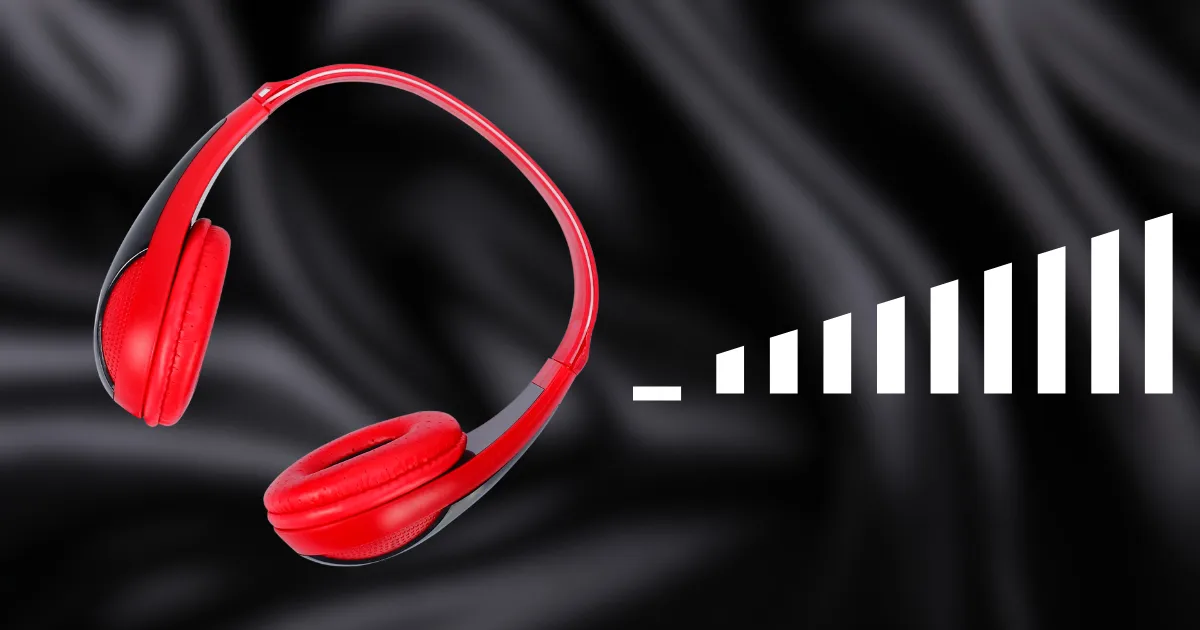
An airport trench is a crucial component of airport infrastructure and plays a vital role in ensuring airport safety. Designed specifically for airports, an airport trench is a drainage system that helps maintain the operational integrity of air travel facilities.
Airport designs can vary widely, depending on the size and nature of the project. However, trench drains are commonly used in airports due to their efficiency in evacuating water without complex grading. These drains are found in various areas of an airport, including hangar doors, aircraft hangars, aprons or taxiways, de-icing areas, terminals, vehicle parking areas, and fueling and fuel storage areas.
When designing an airport trench drain, several important factors must be considered. These include properly sizing the drain, selecting the appropriate channel and grate, and ensuring secure locking mechanisms to prevent safety hazards caused by jet aircraft. The goal is to enhance safety and maintain a robust airport infrastructure that can withstand the demands of the aviation industry.
Design Considerations for Airport Trench Drains
When designing an airport trench drain, it is crucial to consider several important factors. These include sizing the drain, choosing the channel material, selecting the appropriate grate, and designing the layout of the drain system.
Sizing the Drain
Sizing the drain is essential to ensure proper drainage within the airport. For drains located inside hangars, it is important to accommodate the discharge from fire suppression systems. The drain should be sized to remove the required amount of liquid within a specified time frame. Similarly, for exterior applications where stormwater needs to be collected, the drain should be sized based on the site’s minimum requirements. It is crucial to ensure that the outlet capacity does not limit the flow of the drain.
Choosing the Channel Material
The selection of the channel material is another important consideration when designing an airport trench drain. In areas where de-icing or fueling takes place, the channel material should be resistant to chemicals. Additionally, for exterior applications, the material should be able to withstand exposure to ultraviolet light. Choosing the appropriate channel material ensures the longevity and effectiveness of the drain system.
Selecting the Grate
Selecting the right grate is crucial for the performance of the airport trench drain. The grate should be rated to handle the loadings present in aircraft traffic. The size of the grate openings should be considered to prevent clogging and allow efficient water flow. In jet aircraft applications, grates should be securely locked down to avoid safety hazards.
Designing the Layout
Designing the layout of the trench drains involves considering factors such as depth, location of outlets, and compliance with airport surface requirements and federal regulations. The layout should be designed to effectively collect and drain water, ensuring the safety and functionality of the airport infrastructure.
When considering these design considerations for airport trench drains, it is essential to partner with reputable manufacturers such as Vodaland to acquire high-quality drainage solutions. By sizing the drain correctly, selecting the appropriate channel material, choosing the right grate, and designing an effective layout, airport operators can ensure efficient water drainage and maintain the safety and functionality of the airport environment.
Ratings Required for Drains at Airports
Drains used at airports are required to have specific ratings to ensure safety and compliance with regulations. The ratings vary depending on the type of airport.
County airports, which mainly support small single and twin prop aircraft, typically require Class D rated drains with 4″ wide iron grating. Municipal airports, which may accommodate light commercial aircraft, require Class D or E rated drains with 8″ or 12″ wide iron grating. International airports, which handle heavy equipment and various types of aircraft, require higher load ratings such as Class E or F.
These airports often use larger drains, with widths ranging from 12″ to 14″, to handle large flow capacities. The grates at international airports need to have a 2-point lockdown system to ensure they do not become flying projectiles. The channels at international airports can be as deep as a yard to accommodate the volume of water and meet safety requirements.
Choosing the Right Drainage System for Airports
When it comes to selecting a drainage system for airports, one of the most important considerations is the choice of materials. Given the demanding and varied environments that airports experience, it is crucial to choose a material that can withstand the rigorous conditions. Concrete trench drains are often the recommended choice due to their exceptional durability, ability to withstand extreme temperatures, resistance to chemicals, and capacity to handle large volumes of water.
In addition to material selection, the drainage system must have the appropriate load rating to accommodate the heavy traffic typically found at airports. An effective way to ensure efficient water removal is through the use of a sloped drain. Concrete trench drains offer pre-sloped and cascaded slope configurations that enable rapid water evacuation, maintaining airport safety and operational efficiency.
When choosing the right drainage system, it is important to consider the specific demands of the airport, such as size and configuration requirements. Additionally, investing in a heavy-duty system is essential to ensure that the grates are securely held in place, minimizing the risk of safety hazards. Vodaland, a trusted provider, offers a comprehensive range of concrete channel drains in various sizes to cater to the unique needs of different airports.
By selecting the appropriate airport drainage system, airport operations can run smoothly and safely. The right system, equipped with durable materials, proper slope design, and heavy-duty capabilities, helps minimize the risk of flight delays and cancellations, ensuring a seamless travel experience for passengers and maintaining the overall efficiency of the airport infrastructure.






